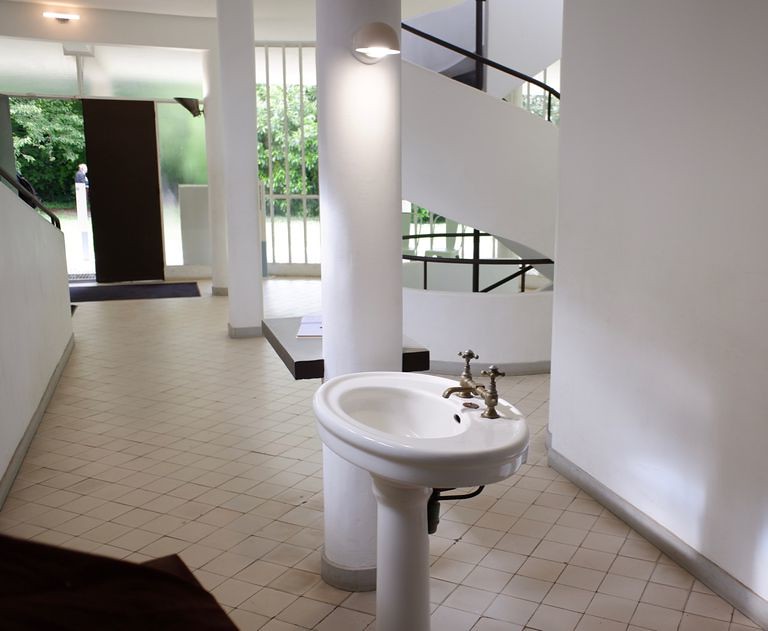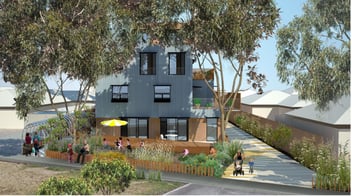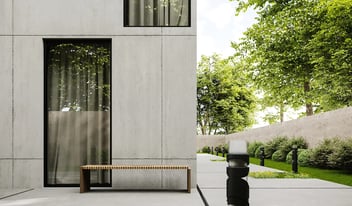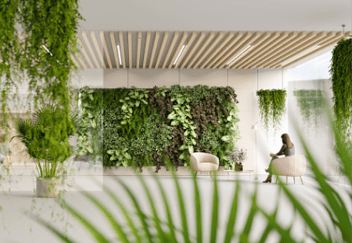Design Motivated By Fear
We’ve been here before. Architecture has a long history of design being influenced by fear and illness. Many architectural researchers speculate that early 20th century modernism was born from a desire for cleanliness and to maintain health
Beatriz Colomina, an architecture professor and author of X-Ray Architecture, notes; “It could be that this is what actually made a whole generation convinced that it was a good idea to move away from all those wall coverings, carpets, and draperies of the 19th-century interior in favour of clean lines and clean architecture. Illness is what modernized architecture, not just new materials and technologies. Why? Because one in seven people were dying from Tuberculosis globally”.
Tuberculosis sanatoriums became the ‘IT’ architectural project, the seminal modernist building. They were cutting edge, they were exciting, but most importantly, they were safe.
It wasn’t just the sanatoriums that saw this kind of design mentality permeate through. Homes also represented safety, a space that could be controlled. Somewhere clean and healthy.
Take for example Le Corbusier’s, Villa Savoye, where there is a standalone sink upon entry for guests to wash up before proceeding through the house. Perhaps our COVID equivalent is the less glamorous tub of hand sanitiser, an effective 21st century sink replacement.
Beyond these simple interventions, what kinds of architectural moves will start to define this era of design? What quirks will emerge, and which will remain?
Has the progression of modern medicine removed the need for designers to respond to illness at all?
Great resource: https://www.lars-mueller-publishers.com/x-ray-architecture






